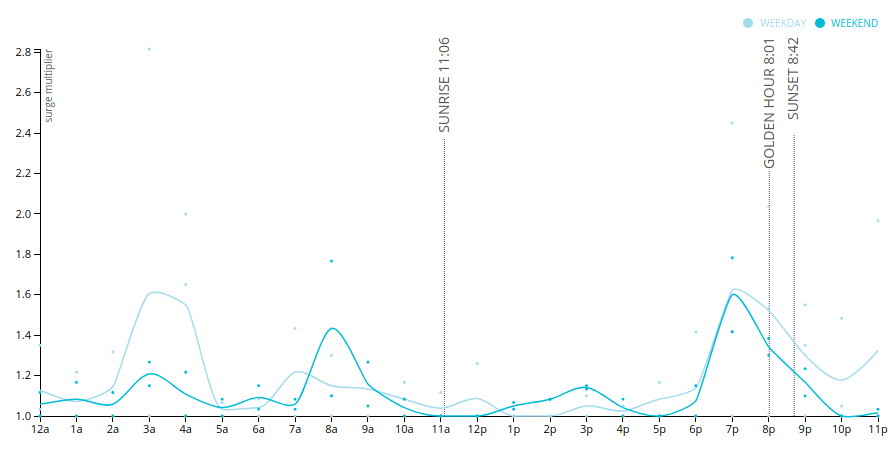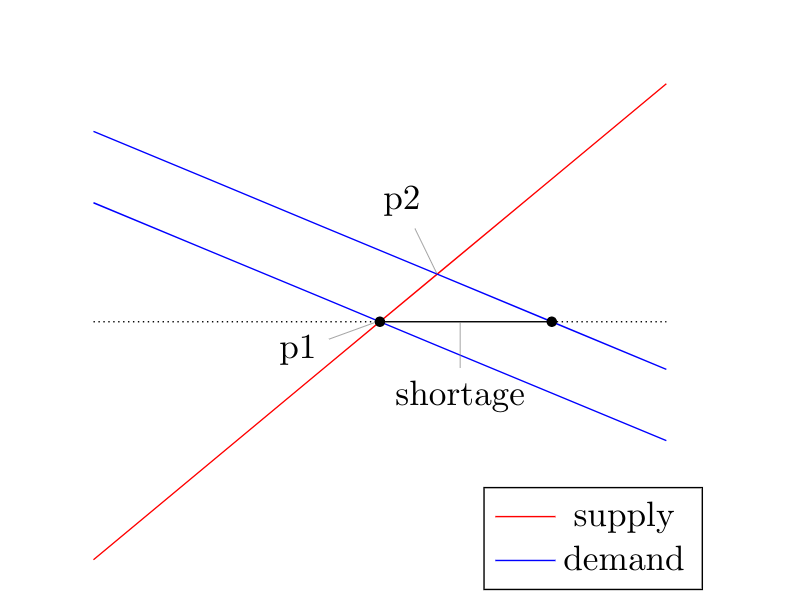On this website, you will find tutorials for installing & managing software, lists of the best linux resources, and in depth guides to linux.
Join us on SlackHow India's Price Ceiling on Uber Rides Causes Shortages
You just got out of work in India. You decide that instead of walking home, you will ride - you open up Uber, select a car, and... wait. All that you will be doing is waiting, because during peak hours in India, there is a huge shortage in Ubers. This shortage is caused by a government policy called a price ceiling. Whenever a government sets a price ceiling, shortages occur - the demand is larger then what the seller is willing to provide.
In Uber’s case, the Indian government set a price ceiling as an attempt to give taxis back an advantage. By putting a ceiling on the price of Uber rides, India attempted to lower the high price of Uber rides during peak times. However, this plan backfired, hurting:
- The riders, because of reduced availability of cars
- The drivers, because they are paid less during peak hours
- Uber, because they are paid less during peak hours
- The city, because there are large crowds without rides
India’s use of a price ceiling to “solve” an issue is simply one example of many. When the U.S. government placed price ceilings on gas in the 1970s, long lines formed. Because the Polish government kept T.V. prices low, televisions were scarce in Poland. Even today, rent controls in NYC keep demand much higher than the supply of housing.

Uber surge data in NYC, Jan. 2015. Visualization by jonsadka.github.io
As you can see from the graph, Uber automatically changes the price directly based on the demand at a certain time. For example, during “golden hour”, Uber set the price to 150% of the normal, correlation to 150% demand. When india limited the price to 100%, it caused a shortage of 50% demand - a third of people trying to get rides went without.

Supply VS Demand of Uber rides - dotted line shows price ceiling
The supply and demand graph above further illustrates the point. When the demand shifts to the right, Uber automatically picks a new price point, p2. When the government stops it from increasing its price, the price stays at p1, creating a shortage.
Uber in India is but one example of why price shortages are bad for suppliers, demanders, and the government. Instead of limiting the price on Uber surges, India could instead offer taxi drivers additional money while keeping fares the same, offering an alternative product to Uber and lowering prices naturally. There is almost always a better alternative to price ceilings.
